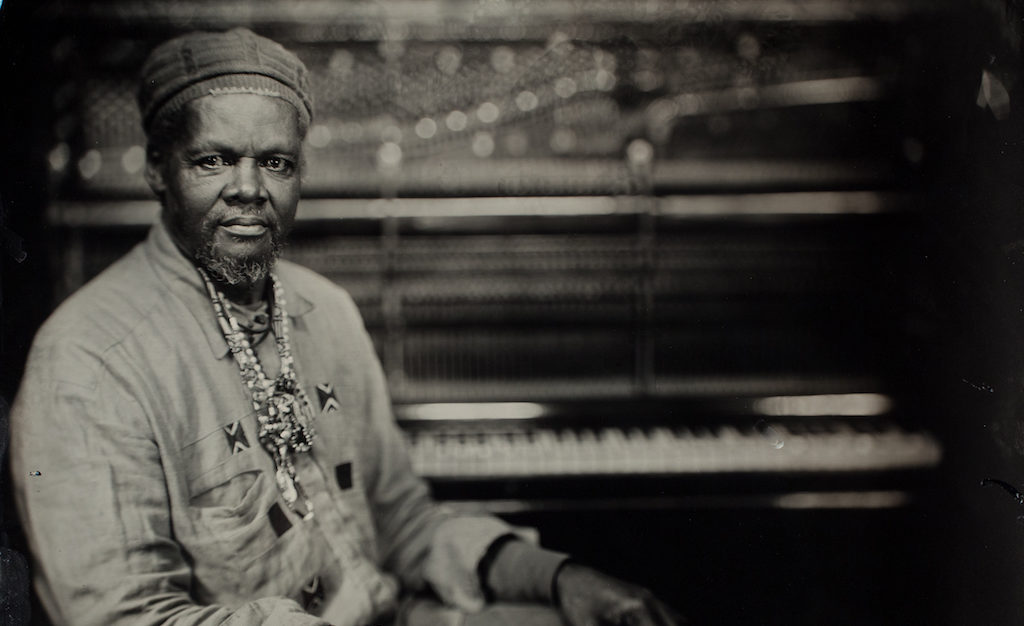[ad_1]
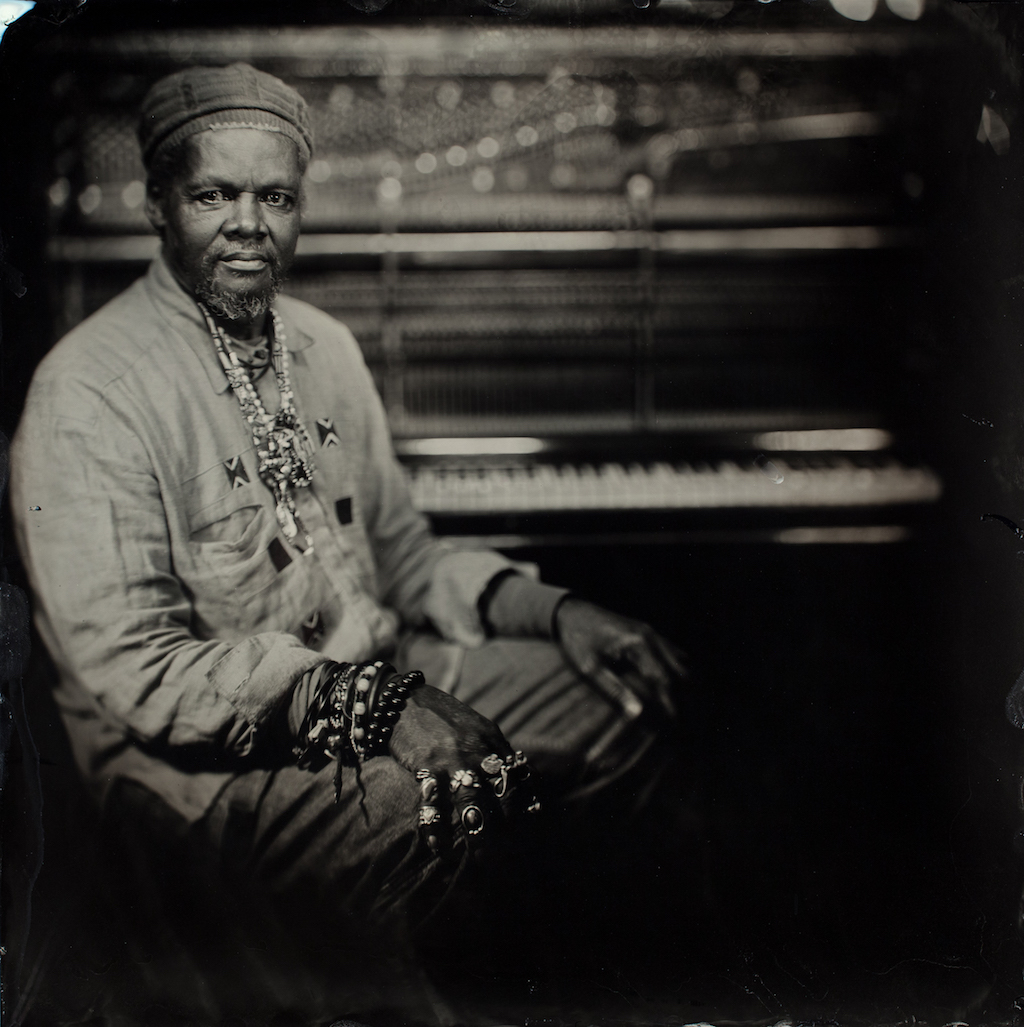
Lonnie Holley.
TIMOTHY DUFFY
“Muses” is a column for which creators from different disciplines reveal sources of artistic inspiration and instigation.
Lonnie Holley is an artist and musician who was born in Birmingham, Alabama, in 1950. His work as a visual artist found support from the Atlanta-based Souls Grown Deep Foundation and appeared in the recent exhibition “History Refused to Die: Highlights from the Souls Grown Deep Foundation Gift” at the Metropolitan Museum of Art in New York. Musically, Holley garnered praise for a 2013 album, Keeping a Record of It, issued by the label Dust-to-Digital and subsequent releases—including MITH, a moving new album with Holley playing keyboard and singing spiritually searching songs—on Jajaguwar. For the latest “Muses,” Holley wrote to ARTnews with artists who mean a lot to him. —The Editors
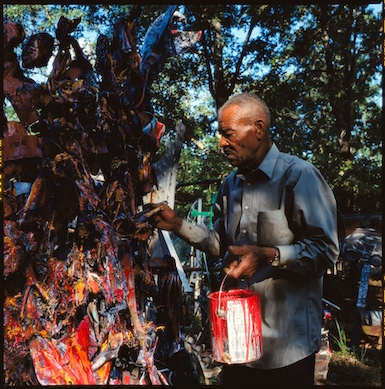
Thornton Dial.
MATTHEW ARNETT/COURTESY SOULS GROWN DEEP FOUNDATION
Thornton Dial
He’s the master. There wasn’t and won’t be anyone else like him. Just knowing Thornton Dial was an opportunity for me to learn so much. From his experiences to his deep well of thoughts about life, he had no equal. And the way he was able to work all those things into his art just always blew my mind. Our mutual friend Amiri Baraka used to talk about Mr. Dial’s art and say that it spoke to people on all different levels—it didn’t matter who you were and what you knew, you could learn and understand something about the world from his art. That’s just truth, and Mr. Dial’s work was only about the truth. I’m often credited with helping to “discover” him. Maybe so, but he was going to be found one way or another. All the credit for that really goes to William Arnett, the great champion of artists like me and Thornton Dial. Mr. Dial could paint or draw or make sculpture out of any material like it was the only thing he ever did in his life. I try not to envy other people, but it was hard not to envy his brain power and skill. I’m so glad he lived long enough to see his art and his life celebrated.
Purvis Young
Having an opportunity to experience Purvis Young’s care for humanity was a powerful thing. Purvis had a rough life and he didn’t seem to trust too many people. He just wanted to paint. He wanted to do what he wanted to do. And when you make art as beautiful as Purvis made, you are going to attract people. Purvis and art-world people fit together about like oil and water. Purvis didn’t care too much about them. I was in New York on several occasions with Purvis, Thornton Dial, Ronald Lockett, and Joe Light, and seeing Purvis be so free was refreshing. We had some really wonderful talks and his brain was always in action. You could see that in his paintings. He could pick up a paintbrush and touch it down on a piece of wood or cardboard or fabric or any other material, and beauty would just magically appear. Or pain and anguish. I don’t know how he could take those old brushes that looked like the struggle of humanity themselves, not even clean them off sometimes, and make something so beautiful. Sometimes I make art and look at it and have to take it back apart because I don’t like it. I’ll keep working it until I get it right. Purvis could just touch paint to canvas and it was always right.
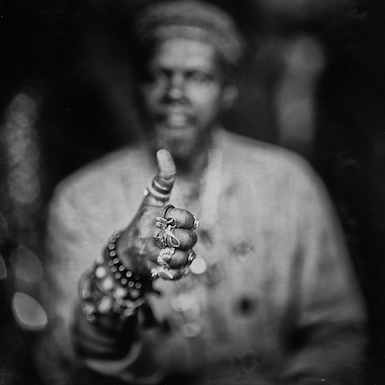
The cover of Lonnie Holley’s album MITH.
COURTESY JAJAGUWAR
Joe Minter
Years ago I was in a fight with powers in the city of Birmingham, Alabama, who wanted to condemn my art environment and tear it down. They claimed they needed the land for airport expansion. A man like me can’t really fight the powers that be in a Southern city like Birmingham. I lost my battle and my place was bulldozed to the ground and buried, and in the process thousands of works of art were destroyed. It’s so sad. I was just at my old property recently and it just sits there, a cleared and open field. Nothing was ever done. I don’t think it was about expansion so much as it was about silencing a voice. Around the same time that was happening, my daughter was at a funeral at Grace Hill Cemetery and came to me and told me she’d seen something up on the hill that I should check out. I went there and met Joe Minter. He’d created the African Village in America in response to the city building a museum as part of the Birmingham Civil Rights Institute. Joe wanted to see the foot soldiers and ancestors recognized, and thought that the official museums overlook them. His place was unlike anything I’d ever seen. I wanted to make sure people knew about it and make sure it wasn’t destroyed like my place. I told my friend Bill Arnett about it and we’ve continued to go back hundreds of times. Joe’s work was recently included in the show “History Refused to Die” at the Metropolitan Museum of Art, which highlights gifts to the museum from Arnett’s Souls Grown Deep Foundation. But because Joe is black and still lives in the South, his environment is always at risk. Maybe the attention from the Met and other shows will help lead to his environment being saved and preserved. When we filmed the video for the first single from my new record MITH, I wanted Joe’s place to be in it. Joe and his wife Hilda were kind enough to appear in the video with me. Joe’s art is a treasure to Mother Universe.
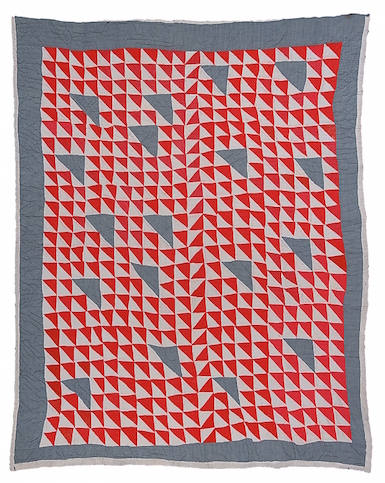
Annie Bendolph, “Thousand Pyramids” Variation, ca. 1930.
COURTESY SOULS GROWN DEEP FOUNDATION
Mary Lee Bendolph, Louisiana Bendolph & the Gee’s Bend Quilters
My mama and aunt Viola both worked on quilts. When I met the Gee’s Bend quilters, I was reminded so much of the women in my life, and they welcomed me right away into their community. When the exhibit “The Quilts of Gee’s Bend” opened at the Museum of Fine Arts, Houston, in 2002, I was there to share in their glory with them. To see the world finally appreciate the ability of a group of black women from Alabama was a powerful realization for me. It was as if all the black women who’d toiled in vain were finally validated. To see women who’d marched with Martin Luther King and who made beautiful art but never called it “art” start to be in museums around the country and on U.S. postage stamps was like—I don’t know . . . something I never thought I’d see. I ended up traveling with the women to almost all of their openings as part of their group. I’d often get to sing and pray on the bus with them as we departed Gee’s Bend. Man, was that powerful. It’s funny now that I’m traveling the world sharing my music: some of my earliest performances were in museums singing their gospel songs in their shadows. Who knew I’d be sharing my own music a decade later?
Mary T. Smith
In the South there were many women who labored as farm hands. Meeting Ms. Smith, witnessing her handiwork and sensitivity and her praising the Lord in her everyday actions, touched me. I could feel all that power she put into her work. She had a hard life. She told me that when she saw her husband being short-changed on the farm, she did the math and calculated how much they’d been shorted. She and her husband complained to the man whose farm they were working on, and he told the husband he could stay and farm—but only if his wife left. So she left so that her husband would be able to continue farming. Lives just torn apart like that. She painted so boldly and on any material she had. She surrounded herself and her yard with her work. She couldn’t hear very well, but she could say whatever she needed to say with a paintbrush and she had a smile that would melt your heart.
[ad_2]
Source link

